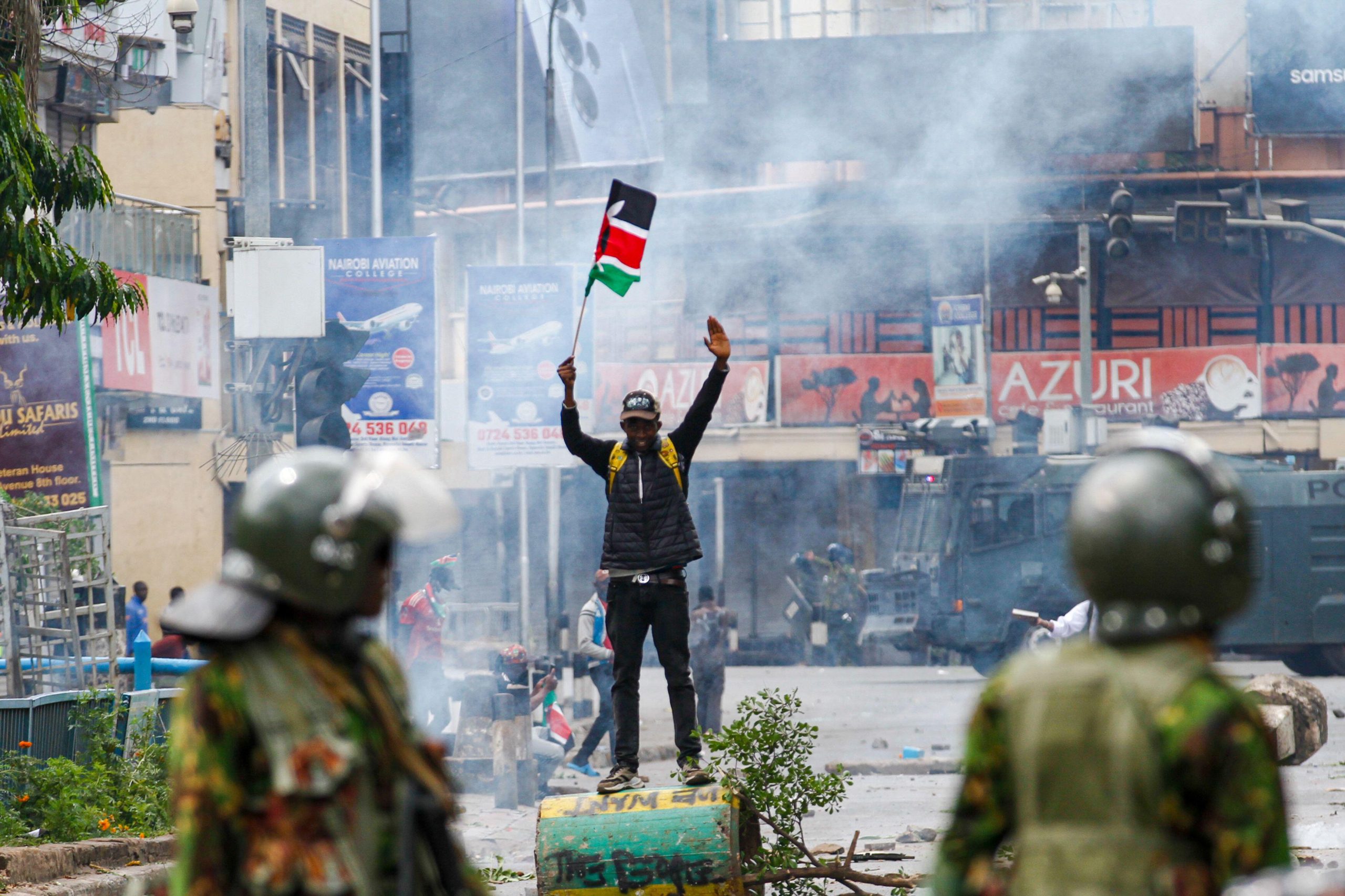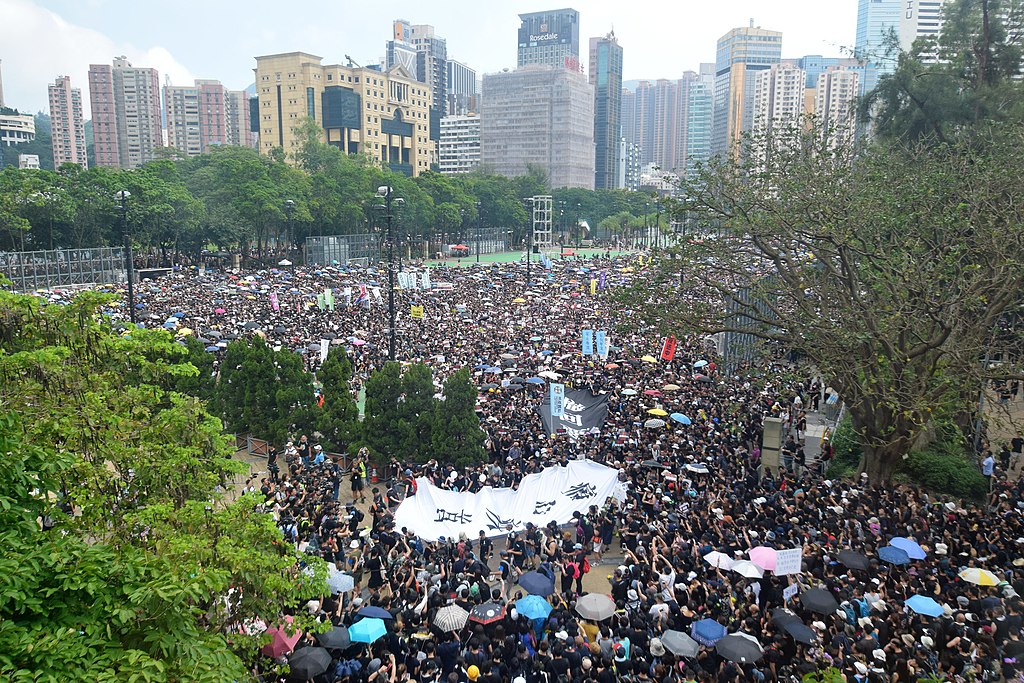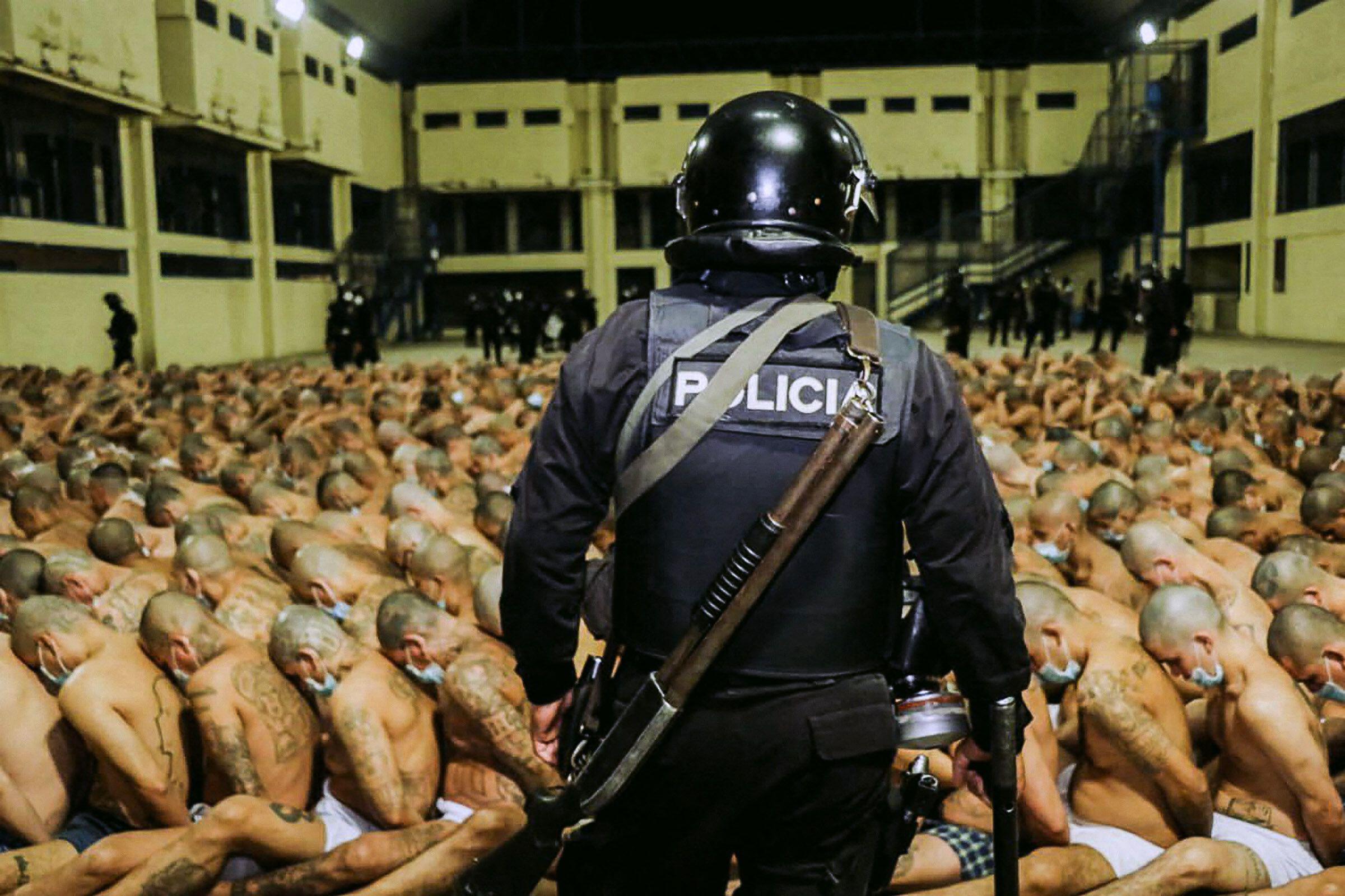
The Ampatuan massacre has taken a heavy toll on community journalism, as authorities race against time and the elements in evidence gathering. Romel Regalado Bagares, Executive Director, Center for International Law (CenterLaw), reports
Koronadal City, South Cotabato, November 25, 2009 –— The weekly newspaper Periodico Ini (This Periodical) has reportedly lost all of its staff in what has now become known in Koranadal City as the Ampatuan massacre. News organisations in up to five nearby towns have each reported staff as missing following Monday’s horrific events. Police and military officials yesterday stated that total casualties had reached 57, following the discovery of the remains of ten more victims, including three journalists.
A list pieced together by CenterLaw from interviews with victims’ families and information provided by local journalists’ associations show that 27 journalists were among those confirmed dead or declared missing. Ten of the journalists came from General Santos City; another ten from Koronadal City; four from Tacurong City; two from Davao City, and one from Cotabato City. Other news reports however say up to 37 journalists were in the convoy.
Below is the list compiled by the Center, which also showed, with the exception of two cases, the journalists’ news organisation:
1. Ian Subang, Socsargen Today, General Santos City
2. Lea Dalmacio, Socsargen News, General Santos City
3. Gina De la Cruz, Saksi News, General Santos City
4. Maritess Cablitas, News Focus, General Santos City
5. Rosell Morales, News Focus, General Santos City
6. Henry Araneta, Radio DZRH, General Santos City
7. Neneng Montaño, Saksi News, General Santos City
8. Alejandro “Bong” Reblando, Manila Bulletin, General Santos City
9. Victor Nuñez, UNTV, General Santos City
10. Mark Gilbert “Mac-Mac” Arriola, General Santos City
11. Bal Cachuela, Punto News, Koronadal City
12. Ernesto “Bart” Maravilla, Bombo Radyo, Koronadal City
13. Ronie Perante, Gold Star Daily correspondent, Koronadal City
14. Joel Parcon, Prontiera News, Koronadal City
15. Jun Legarte, Prontiera News, Koronadal City
16. Rey Merisco, Periodico Ini, Koronadal City
17. John Caniban, Periodico Ini, Koronadal City
18. Arturo Betia, Periodico Ini, Koronadal City
19. Noel Decena, Periodico Ini, Koronadal City
20. Rani Razon, Periodico Ini, Koronadal City
21. Jhoy Duhay, Gold Star Daily, Tacurong City
22. Andy Teodoro, Central Mindanao Inquirer, Tacurong City
23. Jimmy Cabilo, Midland Review, Tacurong City
24. Reynaldo “Bebot” Momay, Midland Review, Tacurong City
25. Napoleon Salaysay, Mindanao Gazette, Cotabato City
26. Jun Gatchalian, Davao City
27. Lindo Lupogan, Davao City
Of the 27, two men –— Momay and Lupogan –— remain missing, according to interviews with members of their families. So far, CenterLaw has been able to speak with the families of 12 of the slain journalists on the issue of legal assistance. Two local journalists’ associations have also pledged to assist CenterLaw reach out to more families.
A periodical ‘s entire staff wiped out
“I did not know my whole staff had gone to join that fateful trip,” said Freddie E. Solinap, the 40-year old editor and publisher of Periodico Ini, which is published in Hiligaynon, a Visayan language spoken by a good majority of Koronadal City’s 160,000 residents.
On Monday, some 100 gunmen linked to Maguindanao Governor Andal Ampatuan allegedly abducted in broad daylight a convoy of aides and relatives of a rival politician, Esmael “Toto” Mangudadatu, and a group of journalists, as they were travelling in a six-vehicle group headed for the local Commission on Elections office to formally file Mangudadatu’s certificate of candidacy for the post now occupied by Ampatuan.
Hours later, news broke out that the convoy had been massacred –— what has been reported as the single deadliest attack on journalists in modern history. Solinap and his wife Normalita, 38, founded the weekly Periodico Ini after years of working as a sales manager for another weekly. The enormity of the situation was brought home to the couple after they took stock of what the carnage cost the paper and their loyal readers: John Caniban, Bureau Chief in the nearby town of Sultan Kudarat, Marketing Manager Arturo Betia, Circulation Manager Noel Decena who is also a reporter, Sales Manager Rani Razon and columnist Rey Merisco. Many of the slain journalists worked in small community papers and depended largely on paid legal notices, with some of them putting out no more than 50 copies of their publications week after week.
According to news reports, the gunmen fired at the victims at point blank range, with some of them trussed up, tortured or mutilated. The suspects later dumped or buried their victims in mass graves scattered over a small area in a town named after the incumbent governor. Mangudadatu was quoted in news reports as saying that the body of his murdered wife had been mutilated; a sister and an aunt who joined his wife in the convoy were both pregnant. “My wife’s private parts were slashed four times, after which they fired a bullet into it,” he told journalists in an interview. “They speared both of her eyes, shot both her breasts, cut off her feet, fired into her mouth. I could not begin to describe the manner by which they treated her.”
Haphazard evidence handling
The chief worry now concerns the subsequent investigation. Official autopsies on the recovered victims’ remains have been painstakingly slow and an acute lack of sophisticated forensic equipment and facilities, made worse by investigators’ haphazard handling of the crime scene, has made preserving essential evidence doubly difficult.
Officials of the National Union of Journalists of the Philippines (NUJP) who visited the crime scene were appalled to witness police Scene of the Crime Operatives (SOCO), assisted by government troops, use a mechanical digger to dig up the remains of victims allegedly buried by their killers in a newly-discovered grave in Barangay Salman, Ampatuan town. They arrived just in time to see the machine’s claw unearth a woman’s bloodied and broken body.
It was subsequently reported that authorities pulled from the same mass grave the remains of DZRH’s Henry Araneta, and UNTV’s Victor Nuñez and Mark Gilbert “Mac-Mac” Arriola.
Racing against time: complaints and confusion
Families of the victims, frustrated by the haphazard response of the government, confronted Jesus Dureza, the Special Envoy sent by Philippine President Arroyo, at the Casa Romana Hotel with questions regarding the time it has taken to perform autopsies on the victims and established causes of death.
“Why is it taking them so long to conduct an autopsy on the remains of our loved ones?”, said Elliver M Cablitas, whose wife Maritess, a reporter connected with the News Focus newspaper based in General Santos City, died in the massacre. Five government doctors –— three from the National Bureau of Investigation and two from the Philippine National Police Crime Laboratory Service –— had been working round-the-clock to conduct autopsies on the remains recovered thus far. As of 24 November,, they had completed work on only 10 of the bodies brought in from the crime scene 45 kilometers away in Ampatuan town. Cablitas stated that he believed his wife’s remains would have long decomposed before the government doctors were able to perform an autopsy.
The lack of refrigeration facilities to keep the remains from decomposition is hindering the grim task of identifying the victims and preserving evidence, according to Dr Benito Molino, a veteran forensics investigator engaged by CenterLaw to assist authorities in investigative work. “We have to move faster,” said Molino, who has spent many years in human rights work as a medical expert for the Medical Action Group and the Asian Federation Against Involuntary Disappearance (AFAD). “The government has not fielded enough medico-legal officers to perform the autopsies.”
Human remains recovered from the crime scene were taken to four funeral homes in the city –— Allen Memorial Homes, Zubiri Funeral Homes, Southern Funeral Homes and Saint Peter Funeral Homes. But Dr. Molino said he visited the morgues of Allen Memorial Homes and Southern Funeral Homes and on the basis of what he saw there, concluded that they were not adequately equipped to handle the kind of emergency presented by the Ampatuan massacre.
“I pity the government doctors who had to carry out this gruesome task,” he said. “They have so much work with so little.” He said as often happens in the Philippines, government investigative agencies do not have adequate facilities to preserve human remains recovered in crime investigations. The Ampatuan massacre is no exception. “They could have at least used lime to slow down the process of decomposition but I did not see any indication that they did that,” said Dr. Molino. The authorities could have also run comprehensive X-rays on the recovered remains to assist investigators in locating bullet fragments as well as establishing bullet trajectories, considering that many of the victims were noted to have sustained extensive bullet wounds.
But this very simple procedure will certainly have proven to be prohibitive for often cash-strapped government investigative agencies to perform, he said. Dr Molino said he found it incredulous that no one from the police immediately informed the families of victims to bring items that would help them identify their loved ones’ remains, such as photographs and dental and medical records. In fact, until yesterday, many of them remained clueless about the proper procedure to follow. Some had the good fortune of being able to identify loved ones through the clothes, ring or shoes they wore to their deaths. Others looked for well-known physical marks on their loved ones’ bodies — such as moles on their faces –— to identify them. But this would have been difficult, if not impossible to do, in cases where the remains have already reached an advanced stage of decomposition. In many instances after identifying the remains of their loved ones at the crime scene, families could not trace to which morgue or funeral home the victims’ remains were taken, thus adding to the confusion.
It was certainly a common complaint at the dialogue with the victims’ families organised by Dureza, an Assistant Press Secretary, and local social welfare officials struggled to cope with the litany of complaints. Dureza acknowledged the families’s complaints and noted that at the Zubiri funeral homes for example, four of the 14 bodies brought there by recovery teams have yet to be identified. Through the local social welfare office, Dureza authorized the release of 10,000 pesos (P46.9 to USD 1) worth of financial assistance to the victims. He also gave assurances that the national government would shoulder other funeral costs.
CenterLaw later raised the concerns about the haphazard way in which vital evidence was being handled with State Prosecutor Leo Dacera and Kidapawan City Prosecutor Al Calica, both of whom, according to reports, had just been authorised by the justice department to prepare the case against the suspects.The government prosecutors have stated that they welcome assistance from lawyers’ groups in the investigation and prosecution of the case. CenterLaw is now looking to lease a refrigerated van to store the recovered human remains from Ampatuan town and a suitable space with a generous supply of water where autopsies may be conducted.
Shock, disbelief, anger
Reaction among the local community of journalists was a mixture of shock, disbelief and anger. “This is just too much,” said Joseph Jubelag, the Manila Standard Today correspondent based in General Santos City. He narrowly missed the deadly convoy after a hotel incident gave him and colleague Aquiles Zoño of the Philippine Daily Inquirer second thoughts and convinced them to stay at home.
Jubelag, whose family runs a small printing press, had been tasked by colleagues to oversee the repatriation of the remains of General Santos City-based journalists killed in the Ampatuan massacre back to their home city. “Many of us feel like we have lost our very own,” he said. “Our problem is that no autopsy has been done yet on our colleague’s remains so that we cannot yet bring them home.”
He also expressed his anger at the government’s continuing failure to put a stop to the impunity that has targeted journalists in the Philippines. “When will this stop?” he asked. Around 200 people attended a candlelit rally at the city rotunda early yesterday evening, which was punctuated by messages of solidarity from local officials, church leaders, and various journalists’ organisations. At the protests, many voiced fears of a whitewash in the investigations, noting the close historical collaboration between the Ampatuans and the Arroyos.
But for Freddie E Solinap, editor and publisher of the weekly Periodico Ini, no massacre can dissuade him from pursuing his vision of journalism. “I remain undaunted,” he said, adding that he and his wife continue to encourage their three children to seriously consider taking up journalism as a profession and continuing the family heritage.





